Tire tread has the capacity to affect your vehicle’s safety and performance while on the go. While you might not think about your tire tread every time you drive, it is important to check in every once in a while to ensure that your tires are in good working order. Ready to talk about tire tread depth? Let’s dive in.
The tread depth of the tire is a vertical measurement between the top of the tread and the lowest groove. In the U.S., tire tread depth is measured in 32nds of an inch. When tires are brand new, they have tread depths from 10/32 to 11/32.
In the United States, tires are required by law to have easily recognizable tread wear indicators. As the tire tread wears down, it eventually becomes level with the tread wear indicator. At this point, the tire should be replaced. It has too little tread left to provide traction. If safety weren’t persuasive enough, keep in mind that it is also illegal to drive with bald tires.
The minimum legal limit is 2/32 of an inch. This doesn’t mean that tires are perfectly safe if they have 3/32 left of tread. This is simply the limit at which you won’t pass your state safety inspection. Your tires become incrementally less safe as the tread wears down.
When it comes to safety, your tires are literally where the rubber meets the road. Sufficient tire tread depth is necessary for safe turning and braking.
Low tire tread depth can spell disaster for your drive, including:
If you live in an area where it rains or snows frequently, consider replacing tires when they reach 4/32 of an inch. With worn tires, you are at risk of hydroplaning on wet roads. This is when the tire can’t channel the water through the grooves. The car rides along the top of the water instead of staying in contact with the asphalt. As such, the tires can’t respond to the steering system. If you have experienced it, you know how terrifying it can be. In icy or snowy conditions, low tread depth makes it harder to stop. You can also fishtail when accelerating or slide sideways when turning.
This is when the tire can’t channel the water through the grooves. The car rides along the top of the water instead of staying in contact with the asphalt. As such, the tires can’t respond to the steering system. If you have experienced it, you know how terrifying it can be. In icy or snowy conditions, low tread depth makes it harder to stop. You can also fishtail when accelerating or slide sideways when turning.
There are special considerations for driving in hot weather as well. If you are heading into summer and your tires are near the end of their lifespan, be aware that they wear down faster on hot roads.
Easy peasy. All you need to check your tire tread depth is a penny. Insert the penny with Abraham Lincoln’s head upside down. If the top of Abe’s head is showing, it’s time for new tires. Tamara shows you how to do it in this video.
Be thorough when you measure your tread depth. Insert the penny in several places around the tire. It’s not uncommon to have uneven tread wear. Measuring in several places will compensate for this.
Insert the penny in several places around the tire. It’s not uncommon to have uneven tread wear. Measuring in several places will compensate for this.
Having the proper air pressure in your tires is also critical. Tire air pressure is expressed as a number followed by PSI. This stands for pounds per square inch. 28 PSI means 28 pounds per square inch. It is a measurement of the force inside the tire applied to one square inch. You can check the recommended tire pressure for your car in your owner’s manual or on a sticker inside the driver’s side door. For most vehicles, it is around 32 PSI.
If your pressure is too low, your tires will wear out quicker. You will also get poorer gas mileage. This is because it’s harder for your engine to propel a vehicle riding on squishy tires. Low tire air pressure also results in a jerkier ride. Thankfully, there are plenty of easy ways to score a free tire pressure refill.
If you discover that your tires are too low, fill to the correct pressure. Don’t assume ‘more is better’. There are problems with overinflation as well. When a tire has too much air, it doesn’t have as much surface area in contact with the pavement. This makes it more difficult to handle. It also increases the risk of a blowout. At high speeds, a blowout can be deadly.
Since the early 1970s, the National Highway Traffic Safety Administration (NHTSA) and international counterparts were concerned about the dangers of low air pressure. They were seeking technology that could warn drivers. Evidence was mounting that underinflated tires were a factor in thousands of car accidents each year. At the end of the decade, the NHTSA was also motivated by the energy crisis. Tire air pressure affects fuel economy.
Tire pressure sensing technology became available in the 1980s and was first used by Porsche on the 1987 Porsche 959.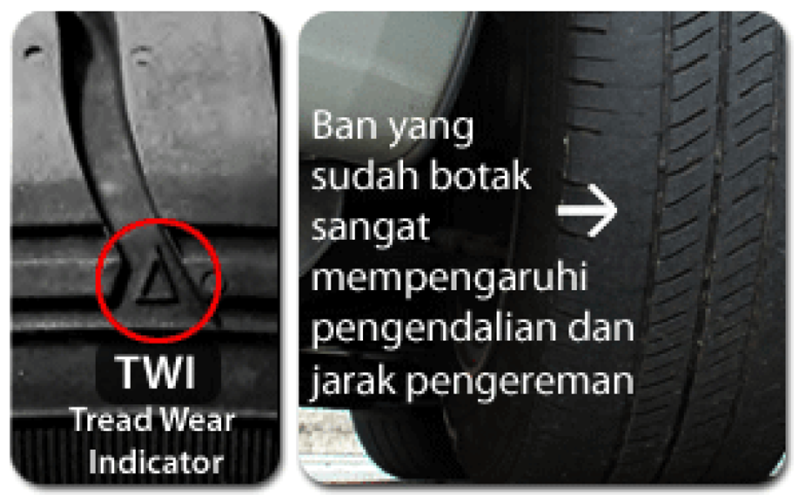 In the U.S., TPMS was federally mandated beginning with the 2007 model year.
In the U.S., TPMS was federally mandated beginning with the 2007 model year.
There are two types of TPMS, indirect and direct. Direct pressure detectors are located on the tire stems. If the sensor detects a significant drop in pressure, it sends an alert to the engine computer—resulting in a dashboard warning light. The indirect type uses the antilock brake system to detect low pressure by measuring wheel speed. Tires revolve at different speeds depending on air pressure. The indirect method is less reliable and has been largely phased out among manufacturers.
At Chapel Hill Tire, we have been providing professional automotive service to North Carolina drivers since 1953. We help our valued clients choose the right tire and protect their tire investment with alignment and wheel balancing services.
Do you need new tires in Cary, Apex, Carrboro, Chapel Hill, Raleigh, or Durham? Our experts can help you find the right tires for your vehicle at the lowest possible price. With our Price Beat Guarantee, you can ensure you are getting the best possible price on new tires in the Triangle. Schedule an appointment at one of our 10 Triangle-area service centers. We look forward to welcoming you to Chapel Hill Tire!
With our Price Beat Guarantee, you can ensure you are getting the best possible price on new tires in the Triangle. Schedule an appointment at one of our 10 Triangle-area service centers. We look forward to welcoming you to Chapel Hill Tire!
Back to Resources
Posted on
The depth of a tire’s tread is one of the most obvious indications of its performance. Tread depth is also a safety issue and therefore subject to government regulation and inspection. It’s especially important to inspect your truck’s tires when they wear down. Several methods of inspecting tires are available, ranging from the highly scientific to the very casual.
A tire’s tread helps it to maintain traction with the road, especially in wet or icy conditions. The specific pattern of the tread determines the conditions for which the tire is best suited. For example, the treads on rain tires are generally V-shaped, allowing them to quickly channel water away from the tire’s driving surface. In comparison, snow tires have unusually deep treads that allow them to dig into snow and other soft surfaces more deeply. The rubber on the tire’s driving surface wears off with use, which reduces tread depth over time. Snow tires wear out more quickly because they’re made of a softer rubber that makes greater contact with the road. Understanding the specific type of tires on your truck will ensure you’re able to properly care for them throughout the year.
For example, the treads on rain tires are generally V-shaped, allowing them to quickly channel water away from the tire’s driving surface. In comparison, snow tires have unusually deep treads that allow them to dig into snow and other soft surfaces more deeply. The rubber on the tire’s driving surface wears off with use, which reduces tread depth over time. Snow tires wear out more quickly because they’re made of a softer rubber that makes greater contact with the road. Understanding the specific type of tires on your truck will ensure you’re able to properly care for them throughout the year.
Tread depth may be measured in sixteenths of an inch, with 5/16 inches being a common depth for a new, all-season tire. Tires are generally unsuitable for snow and rain when their tread depth is less than 3/16 inch, due to the greater traction these conditions require. A deeper tread is needed in snow to maintain maneuverability and control. Wet surfaces also require a greater tread depth to avoid hydroplaning, a condition that prevents tires from getting any traction all.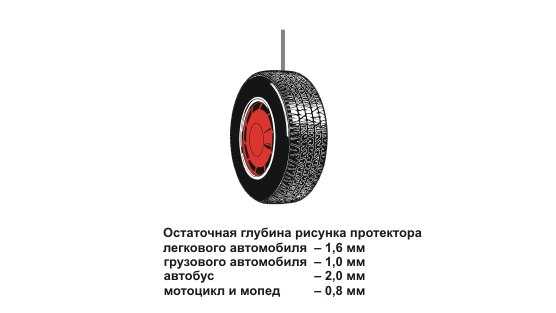
Tires shouldn’t be used under any conditions once the tread depth reaches 1/16 inch and should be replaced immediately. Most states also require tires to have a tread depth of at least 1/16 inch before they can pass inspection. Inspectors measure the tread depth on truck tires at about 15-inch intervals and usually measure more than one tread.
The tires on all vehicles generally must be inspected by the state once per year, although commercial trucks have more stringent requirements. You should also inspect your own tires when they reach their maximum recommended mileage or if you’re buying used tires. Used tires should have more than 1/16 inch of tread to ensure that you get some use out of them.
Tire manufacturing in the United States is regulated by the Federal Motor Vehicle Safety Standards (FMVSS). It requires all commercial tires to have wear bars, also known as wear indicators or tread bars. Most tires have at least six wear bars, although tires with a rim diameter of 12 inches or less may have as few as three wear bars. Wear bars are a series of raised features in the bottom of the tire tread which create a specific pattern in the molding of the tire. They typically have a height equal to the minimum tread depth allowed for the tire, typically 1/16 inch. The wear bars discolor the tire when they come into contact with the road surface, providing the vehicle owner with a visual cue that the tire has reached its minimum tread depth. A tire that shows this discoloration should be replaced before the next inspection, since it probably won’t pass.
Wear bars are a series of raised features in the bottom of the tire tread which create a specific pattern in the molding of the tire. They typically have a height equal to the minimum tread depth allowed for the tire, typically 1/16 inch. The wear bars discolor the tire when they come into contact with the road surface, providing the vehicle owner with a visual cue that the tire has reached its minimum tread depth. A tire that shows this discoloration should be replaced before the next inspection, since it probably won’t pass.
A tread depth gauge provides the most accurate method for measuring tread depth. These devices are readily available in automotive stores and other retail outlets. Tread gauges are typically accurate to the nearest 1/32 inch, and modern versions have a digital display to eliminate human error from the measurement. Truck tires are considered legally worn out when they have worn down to 2/32″ of remaining tread depth, according to RightTurn.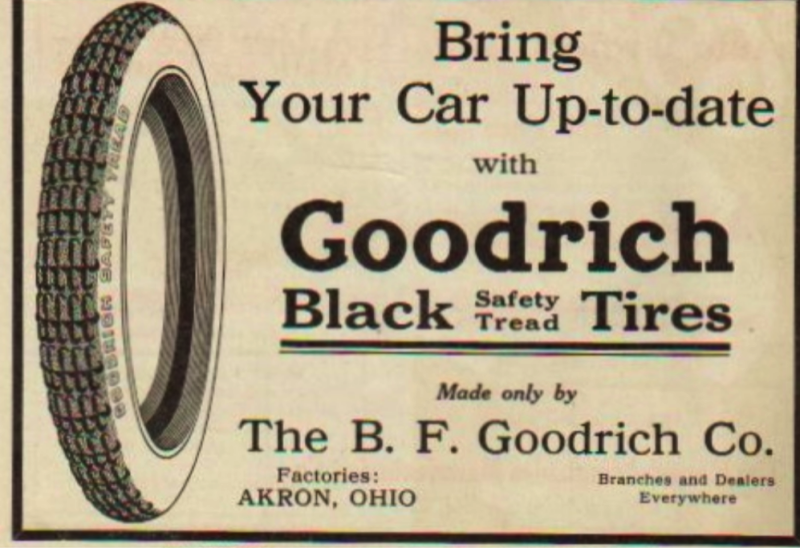 Tire dealerships are able to measure the tread depth on your tires with a gauge, usually as part of a general tire inspection.
Tire dealerships are able to measure the tread depth on your tires with a gauge, usually as part of a general tire inspection.
Tire cracking is generally the result of tire age, although there are several other causes that may also result in the premature cracking of your truck tires. Unbeknownst to most people, tires that are not in use will also crack overtime, due to the fact that “electric motors can create ozone that degrades the rubber in tires” (rightturn.com). Typically, tire cracking occurs on the sidewall of the tire, as opposed to other areas of the tire. Factors such as excessive heat, exceeding a tire’s load limit and the improper use of cleaning chemicals may also crack your truck’s tires. Ensure you’re using the best type of tire cleaner for your tires by consulting an expert at a tire dealership.
Examining a tire’s treads and sidewalls will ensure you’re aware of any warning signs that your tires need to be replaced, such as cracking and excessive wear. The sidewall of a tire supports the weight of the vehicle and helps absorb shock from bumps in the road, according to RightTurn. Underinflated tires are among the most common factors that result in damage to a tire’s sidewall. “Air inside the tire holds the sidewall securely against the rim. The sidewall is layered with sturdy rubber in order to hold its form and keep air inside the tire.” (www.rightturn.com)
The sidewall of a tire supports the weight of the vehicle and helps absorb shock from bumps in the road, according to RightTurn. Underinflated tires are among the most common factors that result in damage to a tire’s sidewall. “Air inside the tire holds the sidewall securely against the rim. The sidewall is layered with sturdy rubber in order to hold its form and keep air inside the tire.” (www.rightturn.com)
To ensure your tires are being properly maintained, it’s important to have your vehicle’s tires rotated every 5,000-6,000 miles. An easy way to remember to have your tires rotated is to request a rotation every other time you receive an oil change (which is typically 3,000 miles). Some newer vehicles require less oil changes, so it’s important to note that if your tires have more than 6,000 miles on them in between oil changes, you’ll need to schedule a separate tire rotation to ensure tire safety.
Tire rotation is necessary as your vehicle’s front and back tires are generally used for different things; your front tires are responsible for steering the vehicle, while back tires are generally more stationary in terms of lateral movement. Therefore, rotating your tires ensures the wear of all the tires on a vehicle will remain relatively consistent. Schedule an appointment with a truck dealership or certified auto mechanic to rotate your tires.
Therefore, rotating your tires ensures the wear of all the tires on a vehicle will remain relatively consistent. Schedule an appointment with a truck dealership or certified auto mechanic to rotate your tires.
Vehicle owners traditionally used a penny, or a quarter, to estimate tread depth, although this method is less common today. To try this method yourself, insert a penny into a tire’s tread so that Lincoln’s head goes into the tread first. Ensure the edge of the penny is touching the bottom of the tread, rather than a tread bar. The distance from the edge of a penny to Lincoln’s head is about 1/16 inch, so you need to replace your tires if you can see the top of Lincoln’s head. To test additional areas around the tire, examine both the inner and outer grooves of the tire in areas at least 15 inches apart. This will help you detect whether there are any strange wear patterns throughout the tire, which may be the result of a mechanical issue.
Properly maintaining your vehicle’s tires is key to the lifespan of the tire, as well as a driver’s safety. Trying the penny test is one simple way to check tire tread. By consistently rotating tires every 5,000-6,000 miles, and keeping an eye on tire cracking, you will also extend the life of your tires. Consult a tire dealer with any specific questions related to tire maintenance or issues.
Trying the penny test is one simple way to check tire tread. By consistently rotating tires every 5,000-6,000 miles, and keeping an eye on tire cracking, you will also extend the life of your tires. Consult a tire dealer with any specific questions related to tire maintenance or issues.
What are the mandatory maintenance rules for trucks in 2022? How and by what parameters is the technical inspection carried out now? Do they check the tachograph? How to make sure that the inspection point is accredited.
For bus owners, questions about vehicle inspections are answered in another article .
What are the mandatory maintenance rules for trucks in 2022? How and by what parameters is the technical inspection carried out now? Do they check the tachograph? How to make sure that the inspection point is accredited.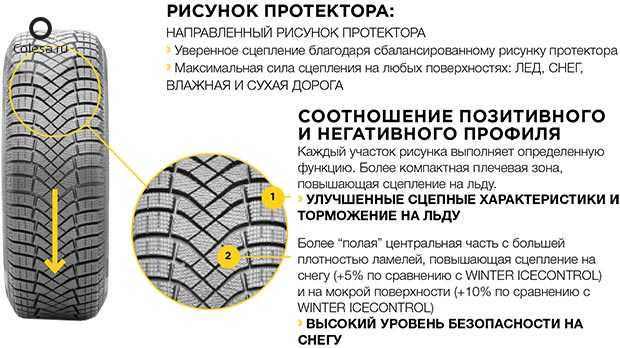
For bus owners, questions about inspections are answered in another article .
Date: August 7, 2021
/ updated 01.01.2022 /
Author: command "Georut"
Reading time: 10 minutes
9000 9000 valid for trucks from 2021
In the Russian Federation, technical inspection of vehicles is regulated by two main documents. This is:
The key difference between the new rules for trucks is that now:
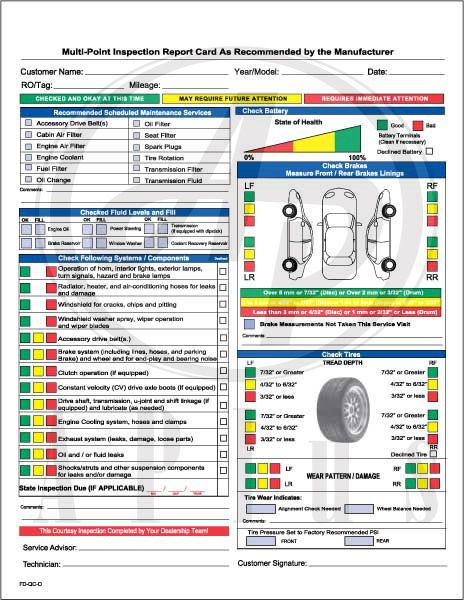 But if the owner of the car wants to receive a card on paper, he is given a familiar document with a signature and seal.
But if the owner of the car wants to receive a card on paper, he is given a familiar document with a signature and seal. In the summer of 2021, amendments to the laws “On Road Safety” and “On OSAGO” were adopted, according to which a diagnostic card is not needed to obtain an OSAGO policy, i.e. no need to confirm the passage of technical inspection. Many media hastened to disseminate information that the mandatory technical inspection is canceled for all vehicles. No! This innovation does not apply to vehicles for the transport of goods, buses, taxis and transport companies.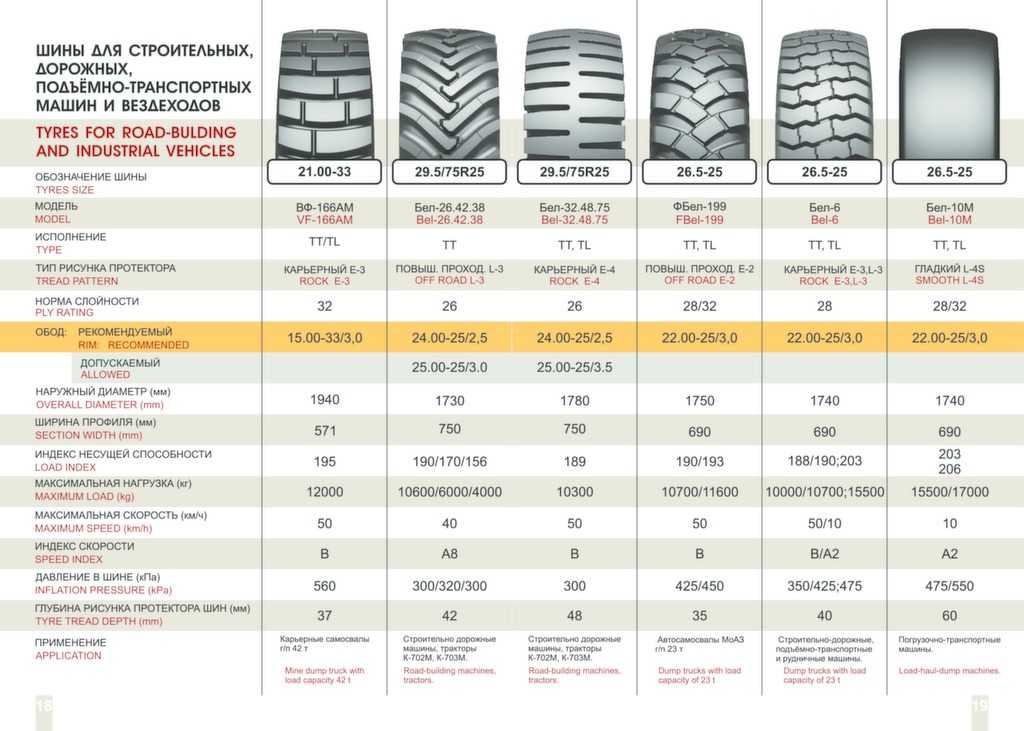
What is the frequency of car inspection 9000
The frequency of mandatory inspection is fixed in the latest version of Federal Law No. 170, Article 15:
Categories N1 (weight up to 3.5 tons)
Trucks of categories N2 (weight from 3.5 to 12 tons) and N3 (mass over 12 T)
Transport for the transportation of hazardous goods:
How the truck is inspected
During the inspection, the truck is checked according to the parameters specified in Appendix No. 1 of the Technical Inspection Rules (PP No. 1434). In our article, descriptions of all requirements by category are presented further in the drop-down lists. If a parameter applies only to one or two categories of trucks, this is specified in brackets.
1 of the Technical Inspection Rules (PP No. 1434). In our article, descriptions of all requirements by category are presented further in the drop-down lists. If a parameter applies only to one or two categories of trucks, this is specified in brackets.
Separate requirements contain references to the points of the Technical Regulations of the Customs Union TR TS 018/2011 . 018/2011 Union of December 9, 2011 N 877 (hereinafter - TR CU 018/2011). 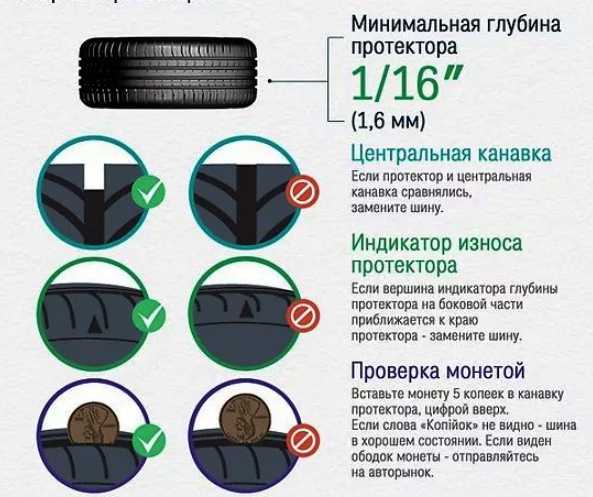
Upon successful completion of the technical inspection, a mark is entered into the diagnostic card that the vehicle complies with the requirements of the law. If technical malfunctions and inconsistencies are found, the map will indicate that it is necessary to eliminate the shortcomings and undergo a new technical inspection. This takes 20 days. If the second inspection is carried out by the same operator as the first time, then the inspection should be free of charge and cover only positions for which deviations from the requirements of the law were recorded.
This takes 20 days. If the second inspection is carried out by the same operator as the first time, then the inspection should be free of charge and cover only positions for which deviations from the requirements of the law were recorded.
Requirements for tachographs during technical inspection
PP No. 1434 states that one of the conditions for passing technical inspection is the presence of a working tachograph. Recall that tachographs must be installed on all trucks of categories N2 and N3 moving on Russian roads. At the same time, there are a number of exceptions, which are set out in Order No. 440 of the Ministry of Transport of the Russian Federation (Appendix 2). You can see them in the drop-down list:
Please note that in PP No. 1434 (paragraph 82 of the "Other structural elements" section) there is a division by terminology. The Russian digital tachograph with a CIPF block is designated in the technical inspection rules as a "Tachograph". But the European-style AETR tachograph is designated as "Control device (tachograph)". If you describe in simple terms, then the requirements for them are as follows:
But the European-style AETR tachograph is designated as "Control device (tachograph)". If you describe in simple terms, then the requirements for them are as follows:
▊ Inspection requirements for CIPF tachographs (for driving on Russian roads):
▊ Technical inspection requirements for AETR tachographs (for international flights):
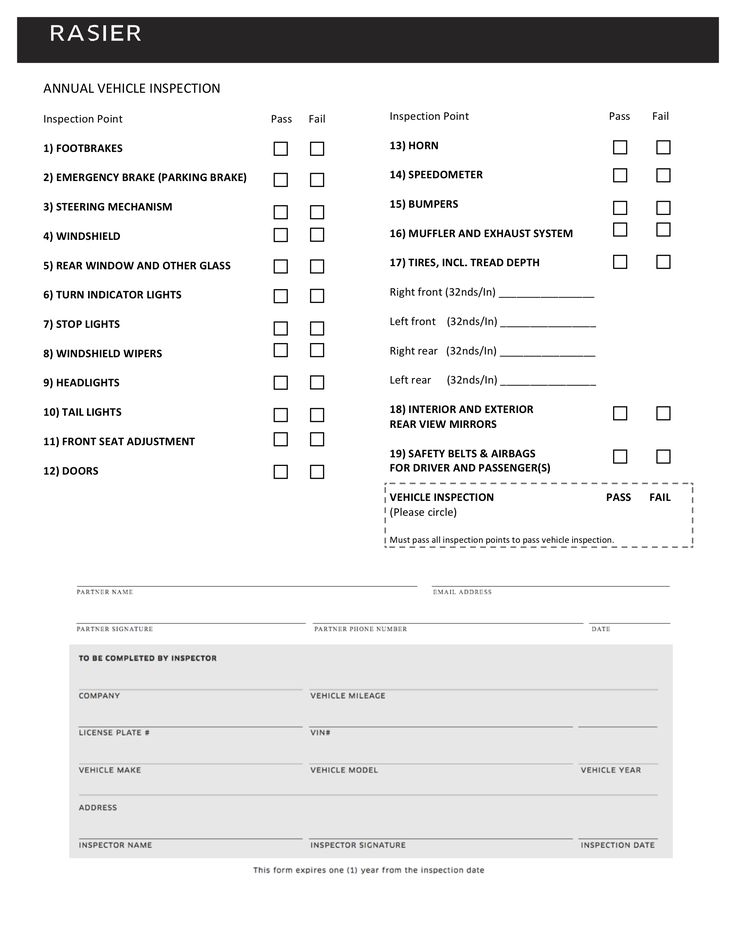
The brand, model and serial number of the tachograph are entered in the diagnostic card of the truck. In this document, the presence of a workable tachograph is noted in paragraph No. 69.
How to prepare a truck for an inspection
Make sure that the truck meets the mandatory requirements for inspection: brake systems, steering, windshield wipers and washers, tires and wheels, engine and its systems, other construction elements.
Check the availability of mandatory kits: warning triangle, wheel chocks, fire extinguisher, first aid kit.
The closest attention should be paid to the tachograph: equipment performance, driver's ability to handle it, incl.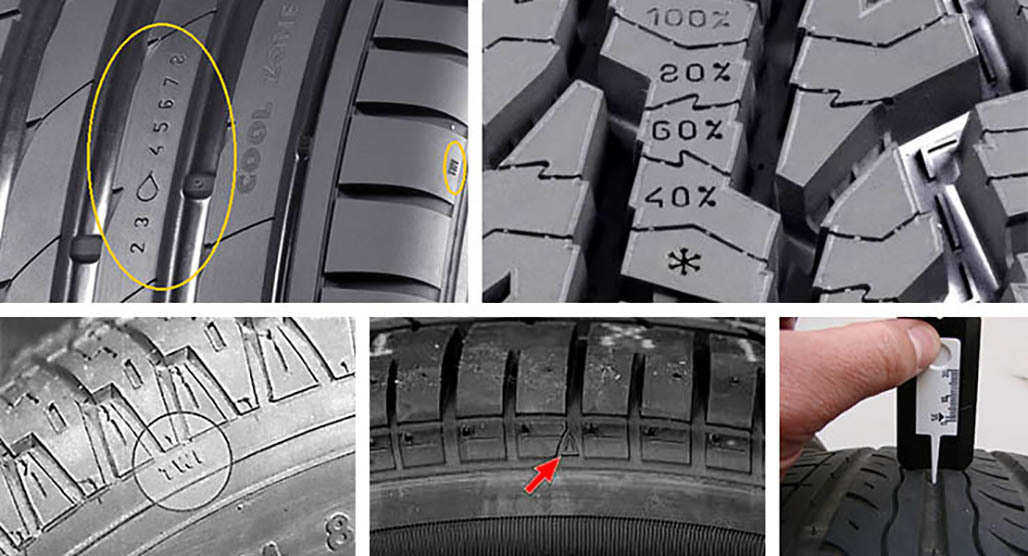 make printouts, the timing of the last setting, the validity of the CIPF block and the driver card for the tachograph.
make printouts, the timing of the last setting, the validity of the CIPF block and the driver card for the tachograph.
The car should be washed well so that nothing interferes with the comprehensive check. The numbers must be visually legible.
Of course, you need to make sure that all documents for the vehicle are available and in order.
It is a good idea to read the technical inspection rules beforehand in order to navigate the requirements and procedures.
Inspection must be approached with the utmost care. It's time, money, and the risk of downtime if it doesn't pass. Fleet employees should plan ahead for vehicle preparation and maintenance schedules, especially when it comes to multiple vehicles. You can sign up for a technical inspection on the State Services portal, but this service is not yet available in all regions of the Russian Federation. There are also various regional recording services. For example, in the south of Russia it is natekhosmotr. rf.
rf.
How to find out if the service station is legal
Only companies with state accreditation have the right to conduct mandatory vehicle inspections. All maintenance activities must be carried out on a special base equipped as required by law.
You can make sure that the technical inspection station is accredited on the official website of the Russian Union of Motor Insurers (RSA):
Inspection can be carried out in any subject of the Russian Federation - the regional binding of the car in this case does not play a role.
Additional Guidance
In order to operate smoothly without downtime or penalties, fleet officials should plan maintenance inspections in advance and bring vehicles into technical compliance with mandatory parameters.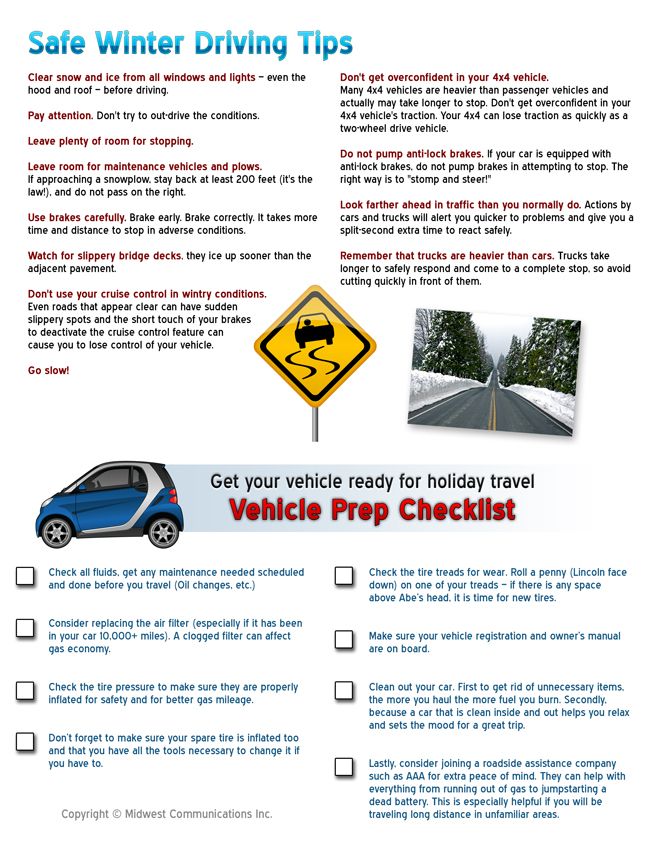
To meet the requirements for tachographs, we recommend using the GR.Cards service for reading data from driver cards and tachographs. This program:
- automatically recognizes problems with tachographs
- sends notifications about the upcoming timing of the replacement of the CIPF block or recalibration
- informs about the need for technical work after a certain mileage or time of operation of the car.
Register right now to test all the features of GR.Cards in your fleet for free for 7 days!
REGISTRATION IN GR.CARDS
Registration is required so that access to personal data is exclusive to you.
Data on the work of drivers will not be transferred to third parties and government agencies (only with a court request).
By clicking on the button, you consent to the processing of personal data.
Data on the work of drivers will not be transferred to third parties and government agencies (only with a court request).
By clicking on the button, you consent to the processing of personal data
Share the article in messengers and social networks
What are the rules for the technical inspection of buses in 2022? How is MOT carried out and how to prepare a vehicle for it? What to look for in the case of checking tachographs? How to choose a technical inspection station? We share the answers to the questions in our material.
For truck owners, answers to questions about inspections are provided on this link .
Date: July 23, 2021
/ Updated 01.01.2022 /
Author: command "Georut"
Reading time: 10 minutes
9001 9000 9000 9000 What are the inspection rules for buses from 2021 The technical inspection of vehicles is regulated by two main documents in the Russian Federation. Along with this for buses (categories M2 , M3 ) separate requirements are fixed in Decree of the Government of the Russian Federation of May 23, 2020 No. 741 “On Approval of the Rules for Organizing and Conducting Technical Inspection of Buses". These rules also come into force on October 1, 2021 year Category M2. Vehicles used for the carriage of passengers, having more than eight seats in addition to the driver's seat. The technically permissible maximum weight does not exceed 5 tons. Category M3. Vehicles used for the carriage of passengers, having more than eight seats in addition to the driver's seat. The technically permissible maximum weight exceeds 5 tons. The main difference between the new rules is that the technical inspection of buses is already carried out in the presence of an authorized traffic police officer. This is intended to strengthen control over the technical condition of buses in order to prevent accidents. The inspection procedure itself has undergone a number of changes. According to the new regulation: The diagnostic card is now presented in electronic form and is signed by an enhanced qualified electronic signature of a technical expert. But at the request of the owner of the vehicle, the operator can additionally issue a diagnostic card on paper with signatures and seals. The frequency of mandatory inspection for buses is: Inspection rules do not apply to buses engaged in operational search activities How a bus is inspected During the inspection, the bus is checked according to the following parameters (detailed descriptions are presented in the drop-down lists): In case of successful inspection, a note is entered into the diagnostic card that the vehicle complies with the requirements of the law. Requirements for tachographs during technical inspection PP No. 741 states that one of the conditions for passing technical inspection is the availability of a working tachograph (paragraph 70). In more detail, the mandatory requirements for tachographs are prescribed in PP No. 1434 (paragraph 82 of the section "Other structural elements"). ▊ Inspection requirements for CIPF tachographs (for driving on Russian roads): "The tachograph must be configured no later than 3 years before the day the vehicle is submitted for the next technical inspection, print out information about the registration data of the vehicle (identification number, state registration number (if any), number activated as part of this tachograph software and hardware encryption (cryptographic) means, current date and time. ▊ Tekhographer requirements for ESTR tachographs (for international flights): "Control device (tachograph) must be checked, in the other place, in the other including calibrated, in accordance with the requirements of the European Agreement concerning the work of crews of vehicles engaged in international road transport (AETR), no later than 2 years before the day the vehicle is submitted for the next technical inspection, and also have a type approval mark. The inspection rules also emphasize that a vehicle equipped with a tachograph must be equipped with a plate with information on the "vehicle characteristic coefficient and the date it was determined, the effective tire circumference of the wheels and the date they were measured". After checking the vehicle for the presence of a working tachograph, information about this is entered into the diagnostic card indicating the brand, model and serial number of the device. How to prepare the bus for technical inspection wheels, engine and its systems, other structural elements). In particular, do not forget to check the functionality of the tachograph and the driver's ability to handle it, as well as the validity of the driver card for the tachograph. The vehicle must be thoroughly washed before the inspection. Plus, you need to check the availability of a first aid kit, an emergency stop sign, a fire extinguisher, spare wheels. It will not be superfluous to recall that all documents for the car must be in order. And, of course, we advise you not to be too lazy to study the rules of technical inspection in order to understand the requirements / regulations and keep the situation under personal control. How to identify an accredited inspection operator Inspection can only be carried out by operators with state accreditation on their own, specially equipped base. If a diagnostic card is issued by an unaccredited organization, this threatens it with a criminal case. Not to mention that the owner of the bus will lose money and get nothing in return. The list of accredited technical inspection stations is presented on the official website of the Russian Union of Motor Insurers (RSA). It is important to know that technical inspection can be carried out in any subject of the Russian Federation, regardless of the "registration" of the car and the owner. Expert comment Dyachkov Vladimir Vladimirovich Head of the ASSOCIATION OF TECHNICAL INSPECTIONS OF THE KUBAN There are no trifles or requirements in the inspection procedure that may seem too picky. Additional recommendations Fleet mechanics need to optimally plan inspections in advance and prepare vehicles for diagnostics in a timely manner. In terms of fulfilling the requirements regarding tachograph equipment, GR.Cards will help you - a service for reading data from driver cards and tachographs. In the special module "Fleet Control" the following functions are available: – Automatic recognition of problems with tachographs;
 These are:
These are:

 At the same time, the TO may be refused if there are no empty seats on the desired day. So it's better to apply early. In any case, the operator must provide a response within a day from the filing of the application.
At the same time, the TO may be refused if there are no empty seats on the desired day. So it's better to apply early. In any case, the operator must provide a response within a day from the filing of the application.
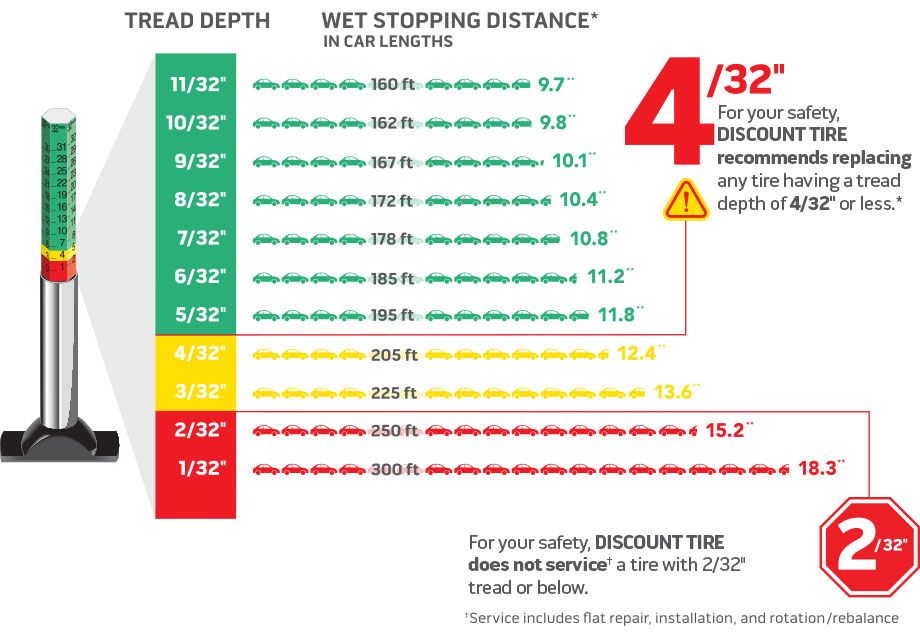
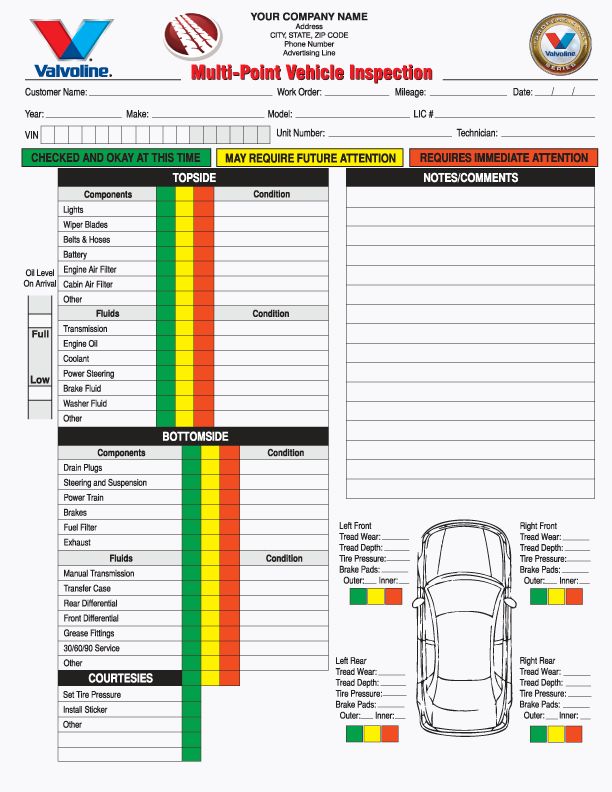 If technical malfunctions and inconsistencies are found, a mark will appear on the map that it is necessary to eliminate the shortcomings and undergo a new technical inspection. This takes 20 days. If the second inspection is carried out by the same operator as the first time, then the inspection should be free of charge and cover only positions for which deviations from the requirements of the law were recorded.
If technical malfunctions and inconsistencies are found, a mark will appear on the map that it is necessary to eliminate the shortcomings and undergo a new technical inspection. This takes 20 days. If the second inspection is carried out by the same operator as the first time, then the inspection should be free of charge and cover only positions for which deviations from the requirements of the law were recorded.
 Information on the results of verification of the tachograph, confirming its suitability for use, is contained in the Federal Information Fund for Ensuring the Uniformity of Measurements. "( FGIS "Arshin" )
Information on the results of verification of the tachograph, confirming its suitability for use, is contained in the Federal Information Fund for Ensuring the Uniformity of Measurements. "( FGIS "Arshin" )

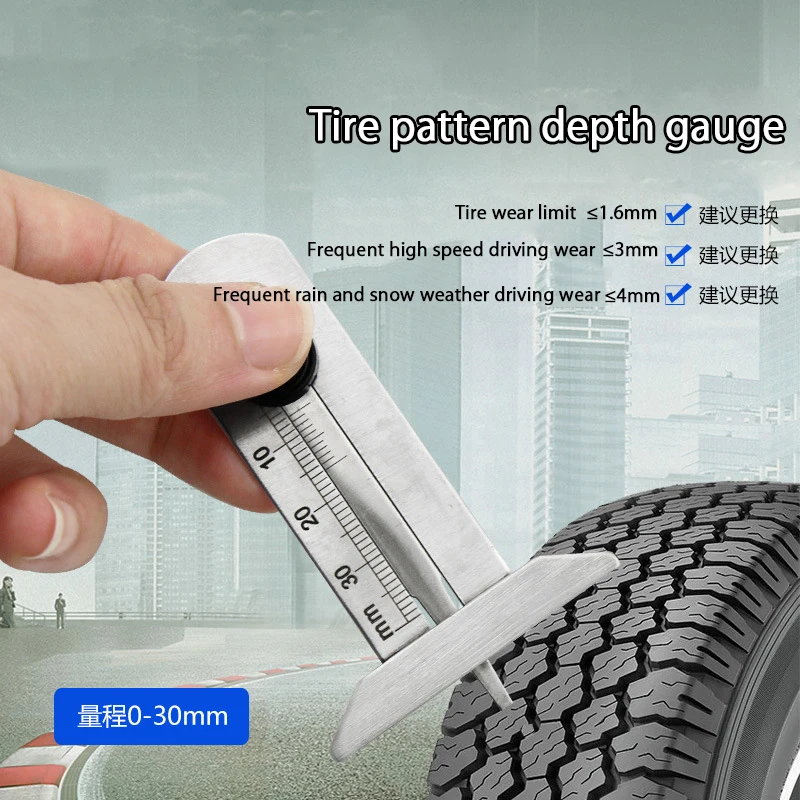
 This is especially important in the case of buses carrying passengers. All parameters by which transport is checked have a direct impact on road safety. If technical flaws are identified and corrected during the preparation for the technical inspection or during its implementation, this becomes an important step towards preventing potential accidents. Even the slightest crack in the glass can cause glare that can lead to a serious accident. By checking and eliminating these seemingly small things, you increase your safety and the safety of other road users.
This is especially important in the case of buses carrying passengers. All parameters by which transport is checked have a direct impact on road safety. If technical flaws are identified and corrected during the preparation for the technical inspection or during its implementation, this becomes an important step towards preventing potential accidents. Even the slightest crack in the glass can cause glare that can lead to a serious accident. By checking and eliminating these seemingly small things, you increase your safety and the safety of other road users.
- Reminder of the need to replace the cryptographic information protection unit or recalibrate;
- Informing about the performance of technical work after a certain mileage or time of operation of the car.